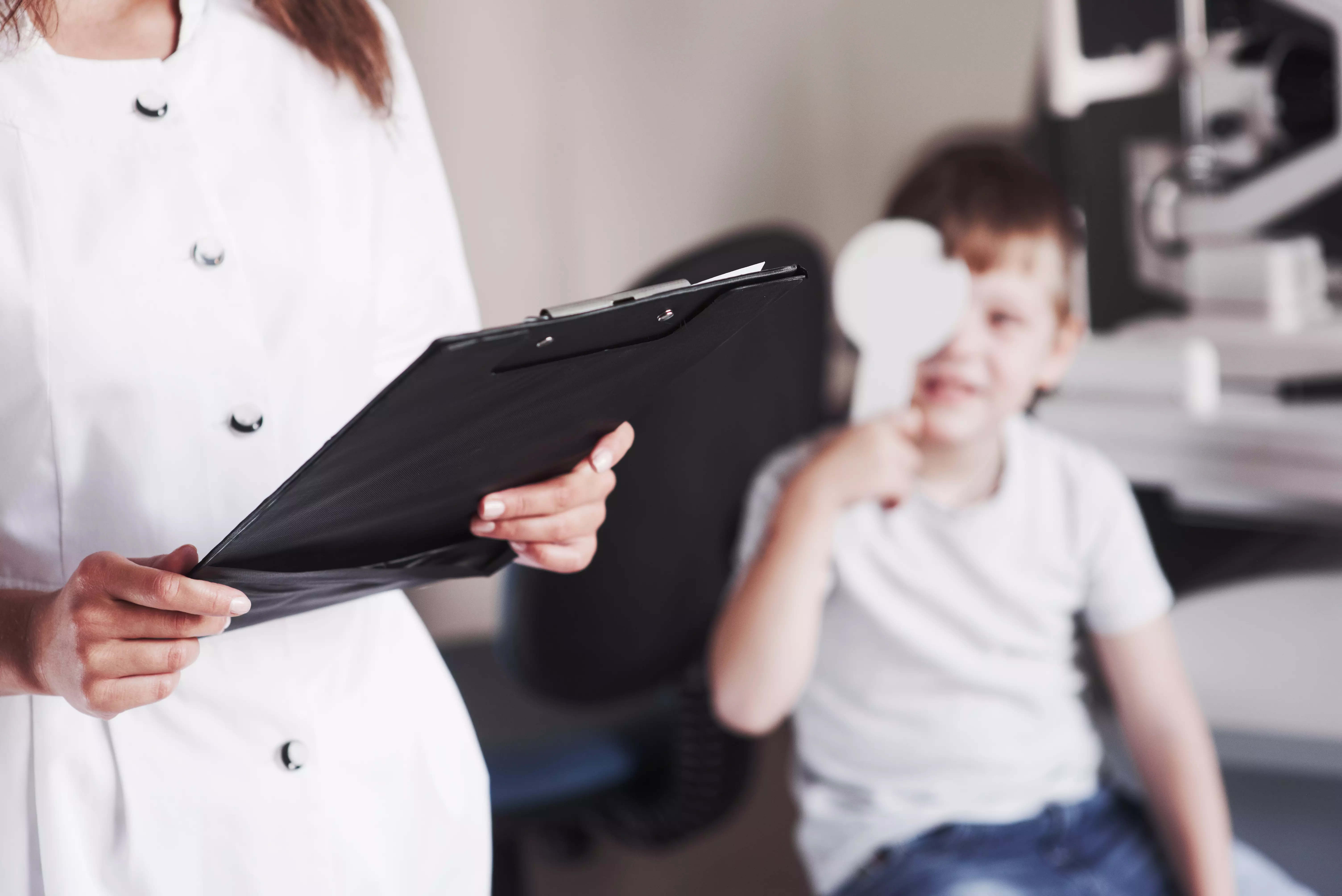Comprehensive eye examinations for children
Complicated eye exam process for children
Eye health care is extremely important for every person, regardless of age. However, special attention should be paid to children's eyes, which are more susceptible to various visual problems. That's why comprehensive eye exams for children are a key part of their health care. In this article, we will take a look at how these examinations are carried out and why they are so important.
The helping hand of a specialist
The basis of comprehensive ophthalmic examinations for children is the presence of an experienced and competent specialist. A children's ophthalmologist is a person who has not only medical knowledge and skills, but also the right approach to the youngest patients. This type of doctor is able to establish contact with the child and explain the examination in an understandable and friendly manner.
Medical history - the key to success
Before starting the ophthalmic examination, the specialist takes a medical history, in which he asks questions about the child's health and any visual problems that may run in the family. It's important for the doctor to be informed of any details that may affect the evaluation of the young patient's eye health.
During the medical interview, it's also a good idea to mention any symptoms that may indicate potential vision problems in the child. These include frequent blinking, strabismus, difficulty looking clearly or closing one eye while watching TV or reading. Accurate information will help the ophthalmologist properly assess the health of children's eyes.

Visual examination
After the medical interview, it's time for the examination part itself. During comprehensive eye examinations for children, a number of different tests are performed to assess various aspects of vision. One of the most important tests is the visual acuity test.
During the visual acuity test, the specialist asks the child to read the letters, which are located on a special board. Letters of different sizes are used, and the patient is asked to point out as many letters as he can read. This test makes it possible to assess children's visual acuity and detect possible visual defects, such as hyperopia, myopia or astigmatism.
In addition, another important test is color vision testing. It is performed with the help of special boards, on which there are images consisting of colored dots. The child has to point out the number that is hidden among the dots of different colors. This test allows the ophthalmologist to assess the ability to recognize colors and detect any problems with color vision.
Diagnosis and follow-up
After the ophthalmological examination, the specialist carefully analyzes the collected information and formulates a diagnosis. If any vision defect is detected, the doctor will be able to suggest appropriate treatment or correction, such as glasses or contact lenses.
Regular monitoring of children's eye health is also an important step after a comprehensive eye examination. The specialist recommends scheduled follow-up visits to assess the effectiveness of treatment and monitor possible changes in the child's vision. Regularity of visits is important, as it allows early detection of potential problems and appropriate action.
Summary
Comprehensive eye examinations for children are essential for maintaining their healthy eyes. Thanks to them, a specialist can effectively assess the state of a child's vision and detect possible defects and vision problems. It is important for parents to realize the necessity of regular eye examinations for their children, even if there are no visible symptoms. Prevention is always better than cure, so it is worth taking care of our children's eye health from an early age.